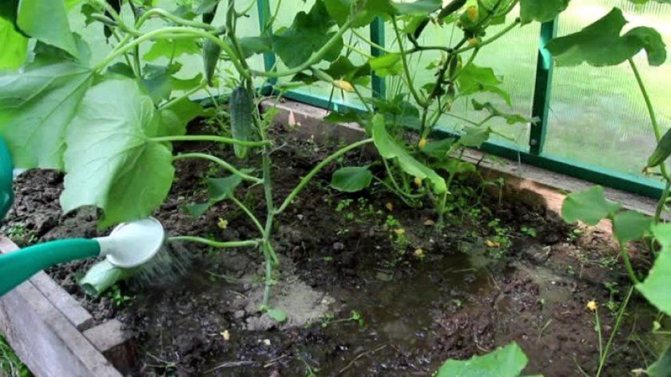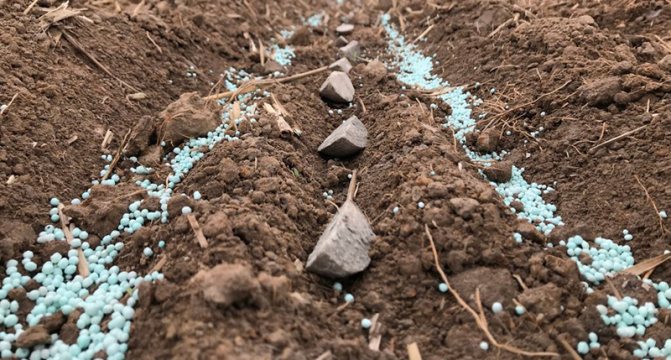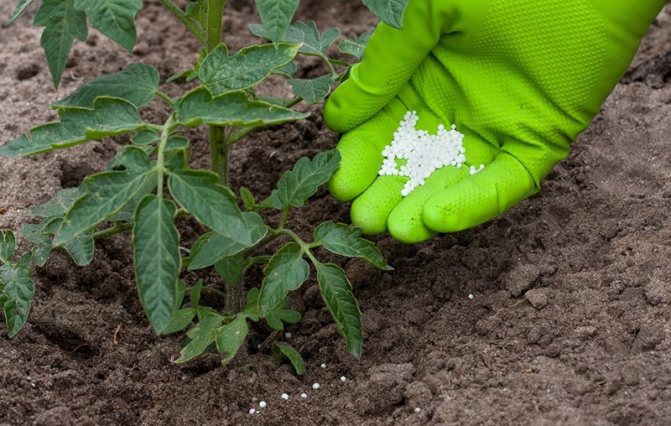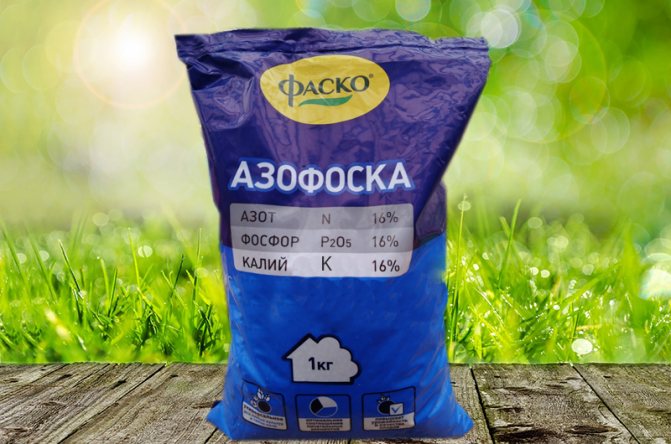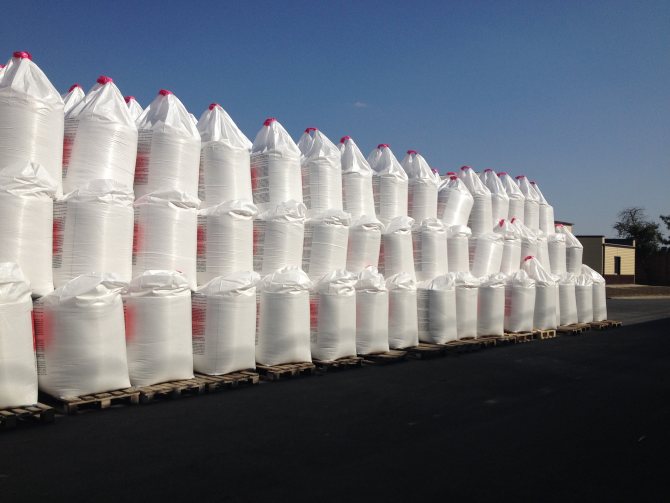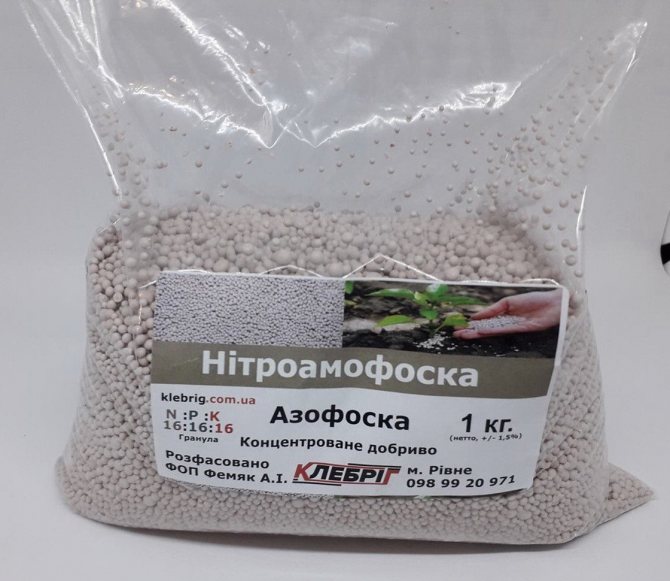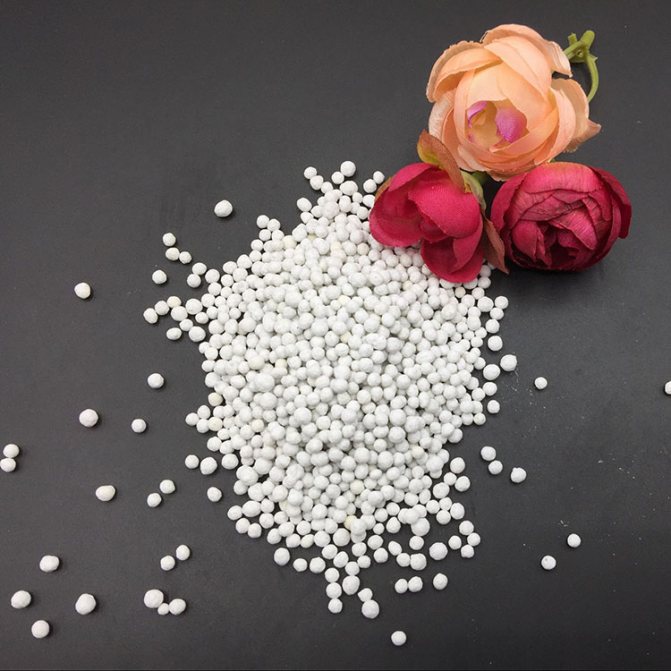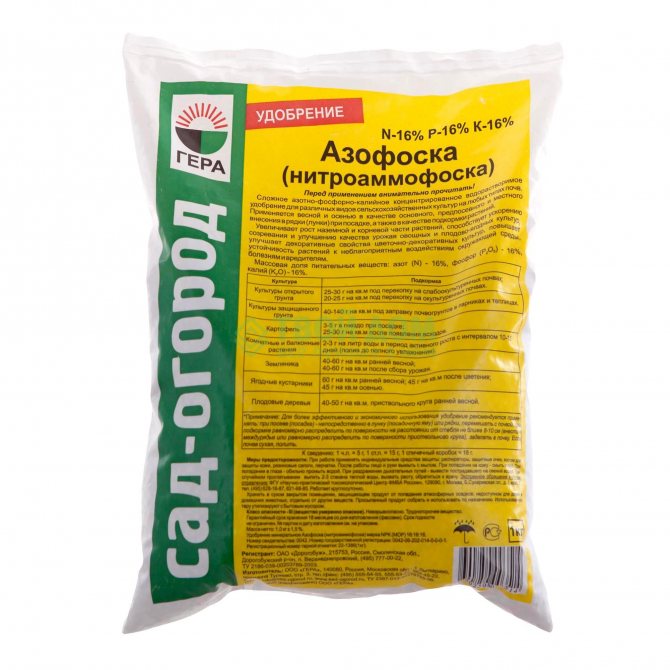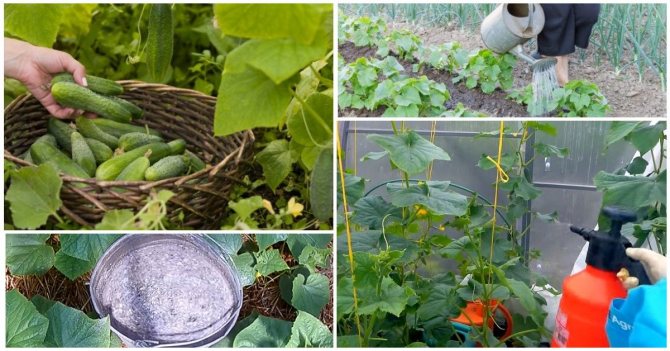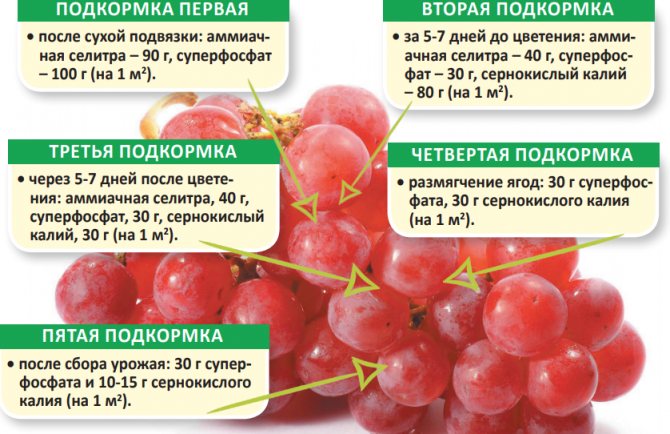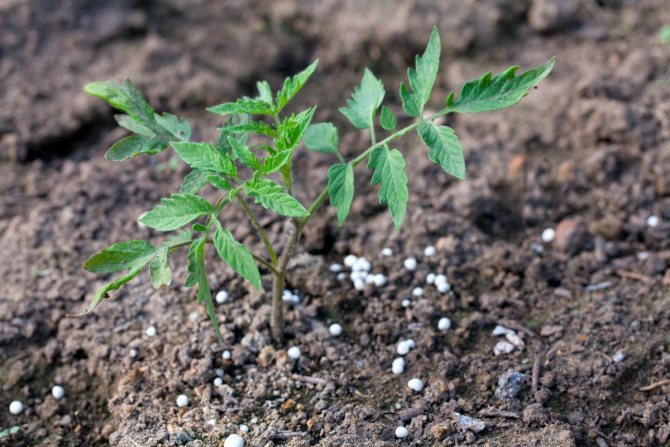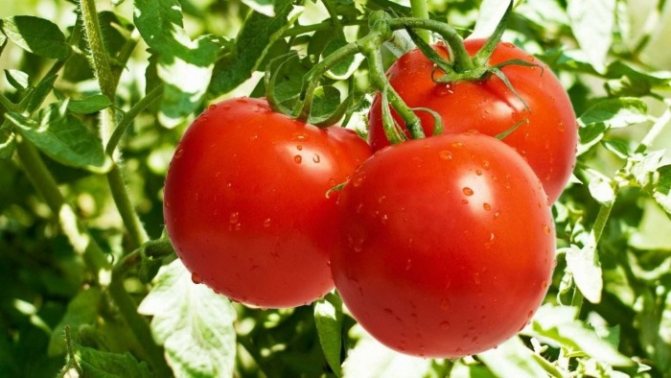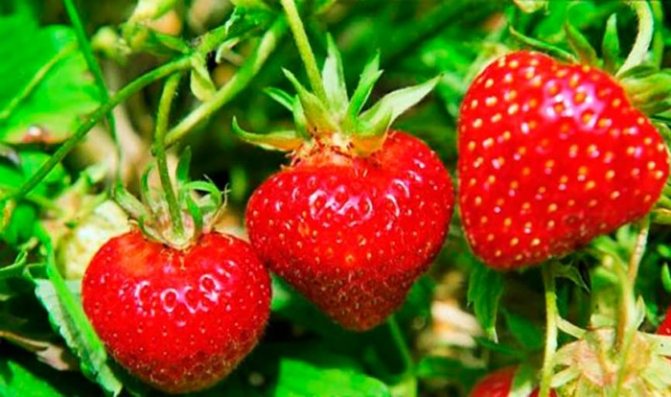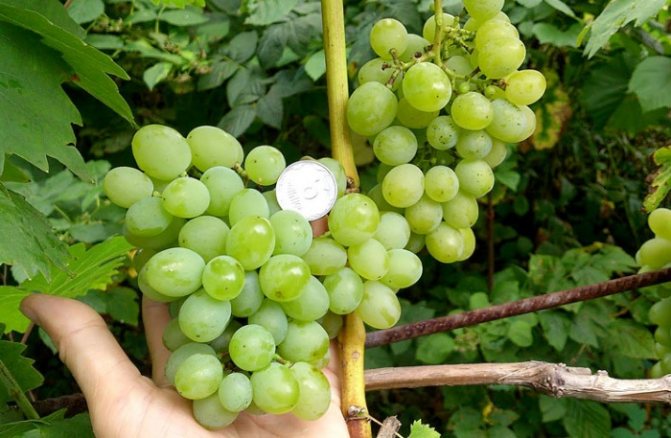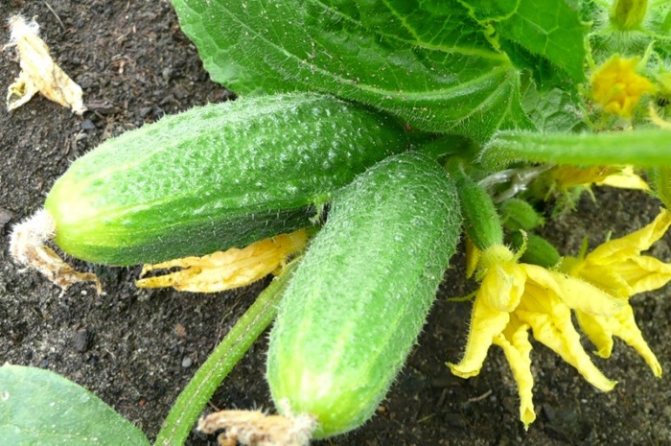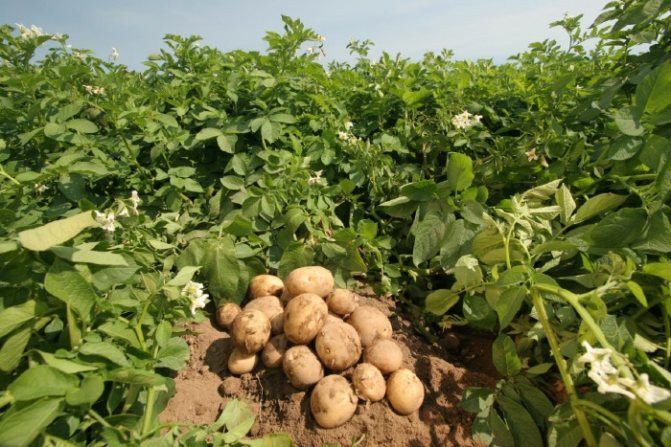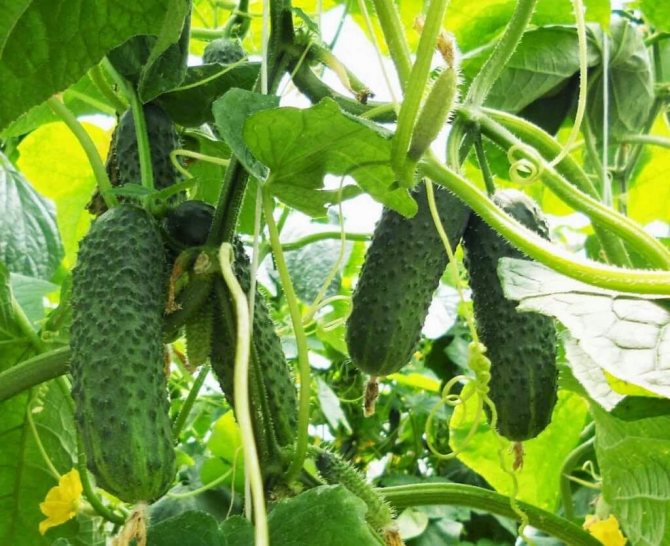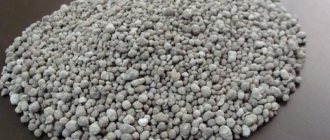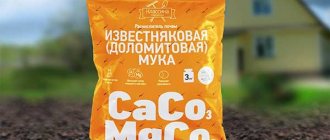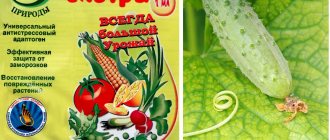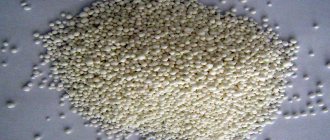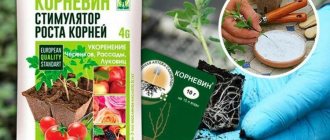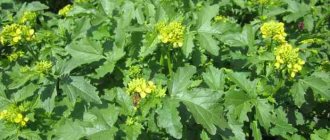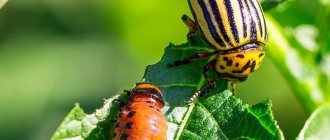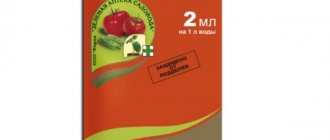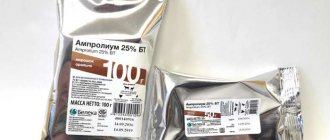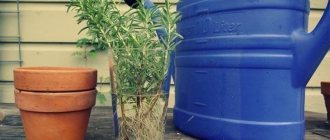To obtain a stable harvest, you cannot do without fertilizing the soil. Moreover, in the presence of a small land plot, the land has to be exploited annually. Unless crop rotation is used to rest the site from specific crops.
Organic matter is most often used to saturate the soil with nutrients, but it does not fully restore the soil. Therefore, mineral fertilizers should not be rejected. Azofoska is a fertilizer that should be in the gardener's arsenal to enrich the soil with a whole range of nutrients.
What are Azofoska and Nitrofoska?
Azofoska is a universal fertilizer that is safe for leaves and root systems, which can be used in all phases of plant development. The drug is absorbed instantly, it only brings benefits when used correctly.
The fertilizer is produced in the form of grayish-pink granules. Easily soluble in water and other liquids. Some manufacturers use dyes to change the color of the granules.
Nitrofoska is a type of Azofoska. The drugs are almost the same. The only difference is that in Azofosk nitrogen is in two forms - ammonium and nitrate, and in Nitrofosk - only in the second. It is this chemical feature that determines the high efficiency of the drug when exposed to cultural vegetation.
Some farmers are afraid to use fertilizer due to the nitrate content. But there is no risk: the composition is absolutely harmless to all plant organisms.
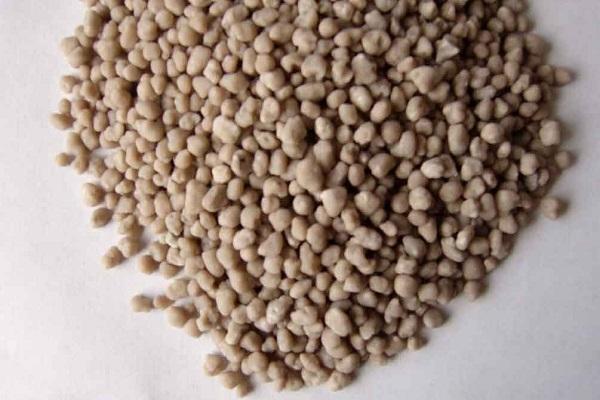
Structure
Azofosk fertilizer is based on three chemicals:
- N is nitrogen;
- P is phosphorus;
- K is potassium.
Therefore, the formula is chemical: NH4H2PO4 + NH4NO3 + KCl. Due to its triple composition, the complex has a varied effect on cultural vegetation: it stimulates growth processes, accelerates the formation of fruits, and saturates the soil with minerals.
Each mineral has its own benefits:
- Nitrogen participates in the formation of leaf mass, stimulates the processes of photosynthesis, and improves metabolism. In a plant lacking a mineral, yield decreases, empty flowers form, leaves and roots become lethargic, lifeless.
- Phosphorus deficiency leads to deformation of the foliage, a change in its color. The roots lose their structure. The plant dies slowly.
- Potassium is essential for the formation of high-quality and tasty fruits. With a lack of substance, the plant weakens, practically does not grow, becomes sensitive to infectious pathologies.
Azofosk is produced with a different ratio of active substances:
- NPK 16:16:16. Standard version of the composition. Optimal for application under dug soil, in spring under garden trees, in a planting hole when transferring seedlings of tomatoes, eggplants, peppers, and for potatoes in spring or in the middle of the growing season.
- NPK 19: 9: 19. Reduced phosphorus content. The fertilizer is optimal for regions where the soil is saturated with this mineral element in a mobile form. The bulk of phosphorus is washed out by melt water during spring melting of snow, as well as during frequent summer precipitation. Such climatic features are observed in the Middle Lane, and there is little mineral in the soil. In the southern regions, where the growing season is dry, phosphorus is almost entirely stored in the ground.Therefore, Azofoska 19: 9: 19 is most suitable for use in warm regions with dry climates.
- NPK 22:11:11. A double dose of nitrogen helps restore recycled, depleted, neglected land. Such fertilization is the best option if the soil is used intensively and every season, and at the end of the growing season, all vegetation is completely removed from the area.
Feeding indoor plants
Fertilizer is universal, therefore it is also used very actively for home flowers.
Since ready-made, purchased soil is usually used for growing indoor flowers, a standard type of Azofoska 16:16:16 is ideal for it. It is better to use it in the form of an aqueous solution - 2-3 grams of granules per 1 liter of water for irrigation.
You need to feed home plants every spring, during the period of intensive growth, you can repeat the procedure as needed every 2 months. For the winter, feeding is stopped.
We calculate the rate for 1 hectare
The amount of fertilizer applied depends on the crop grown, the type of soil, and the characteristics of irrigation. But there are average application rates per hectare recommended by agronomists.
Foliar dressing:
| Culture | Dose, kg / ha |
| winter cereals | 400 – 500 |
| spring cereals | 300 – 400 |
| corn | 250 |
| sunflower | 200 |
| rape | 100 |
| roots | 200 |
How to dilute and prepare a working solution?
The Azofosk mineral complex is readily soluble, it is enough to measure the required amount of granules, pour into water and stir. It is possible to use the drug in dry form.
Application methods for different crops:
- for feeding annuals, granules are scattered on the site;
- for garden trees and shrubs, dry fertilizer is injected into the trunk circle;
- a solution is made for root feeding and for indoor plants;
- when transferring seedlings to open soil, the granules are introduced into the planting hole.
Benefits
Before talking about the advantages of a neutral and universal fertilizer, it should be noted that it can be used on any soils, including depleted ones:
- an increase in yield is guaranteed even in sandy and clayey areas;
- you can fertilize the soil in open ground and greenhouses;
- the introduction of Azofoska is possible in the fall or immediately before planting.
A warning! Any mineral dressing is applied in accordance with the instructions.
An excess of nutrients negatively affects the yield and safety of vegetables and fruits.
Azofoska advantages:
- due to its excellent solubility, it is absorbed by 100%, activates plant growth by strengthening the root system;
- enhances immunity, makes garden and horticultural crops less susceptible to diseases and pests, temperature extremes;
- plants bloom better and more abundantly, fruit setting increases, which, in turn, has a positive effect on productivity;
- the nutritional value of fruits and vegetables increases due to the increase in fat in them;
- Fertilizer "works" for a long time, even in rainy weather;
- the use of Azofoska allows you to refuse additional dressings.
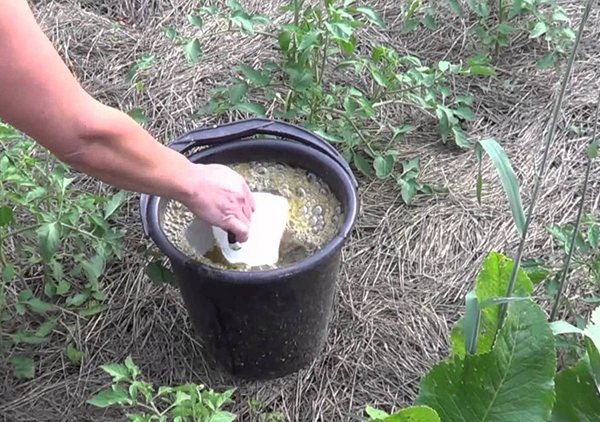

Fertilizer application instructions: timing and application schedule
There are no strict terms for introduction, but most often Azofosk is used during sowing and in the middle of the growing season. To saturate the clay soil with minerals, the procedure is carried out in the fall. A loose, airy soil is treated in the spring.
Each cultivated plant species has its own rules for fertilization.
For vegetable and berry crops
Top dressing of tomatoes and peppers is carried out three times:
- when transplanting seedlings to an open area, to prepare a solution, take 30 - 40 g of a substance per 10-liter bucket of water;
- a month after the first application, a mixture of 3 g of Azofosk preparation and a pale manganese solution is made;
- the third top dressing for tomatoes is optimal at the stage of ovary formation, a complex is prepared - 25 g of Azofosk fertilizer and 25 g of cow dung are dissolved in 10 liters of water.
Cucumbers, zucchini, eggplants are fed no more than 3 times during the growing season, otherwise the fruits will accumulate nitrates in excess:
- a week before transferring seedlings to open ground, the beds are watered with a solution of 40 g of substance per 10 liters of water;
- at the beginning of summer, feeding with dry granules is useful for cucumbers, they are dug into the ground between the rows;
- after 2 weeks, the third procedure is carried out, the same solution is used as for the first time.
Potatoes are fertilized once a season, it is no longer possible, otherwise nitrates will accumulate in the tubers. When planting a culture, 3-4 g of a substance mixed with earth are thrown into each hole.
For strawberries, Azofoska is useful before flowering. You can scatter the granules over the surface of the soil, but it is better to prepare a solution - 50 g per 10 liter bucket of water. It is advisable to feed the old strawberry after harvesting with a liquid preparation - 30 g per 10 liters.
For grapes, a solution is used - 1 teaspoon of the drug is taken in a 5-liter bucket. The optimal application period is autumn.


For flowers
Both leaf and root feeding is possible. It is best to apply Azofosk fertilizer for rose bushes, mint.
Floral garden annuals and perennials are processed three times:
- in the spring, 2 weeks after the seedlings emerge - 30 g of substance per 10 liters of water;
- when budding - 50 g per 10-liter bucket;
- in the flowering phase - a solution similar to the previous one.
Cross-effects with other drugs
Azofoska is suitable for mixing with other mineral and organic complexes. The main thing is to control the dosage so that the plants do not receive excessive feeding.
Azofoska is compatible with:
- ammonium nitrate;
- ammophos;
- magnesia;
- superphosphate;
- ammonium sulfate;
- potassium chloride;
- ammonium hydrogen phosphate;
- magnesium sulfate.
Azofoska is not used for the preparation of tank mixtures with phosphates, calcium nitrate, urea, ammonium sulfate, carboammophos.
Basic precautions for use
To work with Azofosk fertilizer, a closed suit and standard protective equipment for eyes and respiratory organs should be used. The area of the skin that has gotten the substance must be rinsed with water. A burn is possible, so it does not hurt to contact a medical facility.
To exclude the accumulation of excess nitrates in the soil, you need:
- follow the instructions for use;
- alternate seasonally mineral (Azofoska) and light organic (vermicompost) top dressing;
- apply fertilizer only to warm soil (from late May to mid-September).
Azophos - not to be confused
When purchasing nitroammofoska (amofoska), for feeding plants in the country, pay attention to the drug with almost the same name - azophos. This is a new generation fungicide that is perfect for protecting plants from harmful microorganisms. Also, this preparation is perfect for foliar feeding of various horticultural and horticultural crops. The use of azophos in a comprehensive manner helps to protect and increase the yield. Another very important advantage of this agrochemical is that it is environmentally friendly. It does not accumulate in fruit products.
Fungicide azophos contains substances such as nitrogen, potassium, phosphorus, calcium, as well as trace elements - copper, magnesium and zinc. This combination is optimal for plants and provides them with a complete balanced nutritional base. The nitrogen contained in the composition of this fungicide in the ammonium form is absorbed quickly and completely.
When working with this drug, precautions must be taken, since it is a toxin for living organisms.When treating the beds and tree crowns with its liquid solution, it is necessary to use a protective suit, and a bandage that protects the respiratory system, as well as gloves and glasses. In case of contact with skin, rinse immediately with plenty of water.
How to store it correctly?
Since Azofosk can explode and ignite, it should be stored in strict accordance with the rules. The fertilizer is kept in a warehouse in a hermetically sealed polyethylene package. To close the previously opened bag, plastic clamps are used. Prevent the spread of dust from granules throughout the room.
For storage, choose a dry, cool warehouse. Damp granules lose their useful qualities.
The shelf life, subject to tightness, is 18 months.
Storage
This fertilizer belongs to the third hazard class, therefore, a number of rules should be observed during storage. With large accumulations of agrochemicals, a spontaneous explosion is possible - this is what distinguishes dust from fertilizer. In order to profitably use the accumulated dust, it is used to fertilize plants in summer.
To prevent the dust from exploding, it is pre-moistened - for example, moisture is sprayed through a spray bottle. After moistening, the dust is collected and dissolved in water. It is very important to moisten not only the top layer of dust, but completely the entire layer.
Is Azofoska flammable? This agrochemical does not ignite, however, when heated to high temperatures, it can release a toxic substance. Therefore, be careful when storing fertilizer.
What is the agrochemical stored in? It is kept in tightly sealed plastic bags. This storage method ensures the preservation of active substances for up to 1.5 years. In a placer state, Azofosk loses its qualities in six months.
Compositional analogs
Manufacturers produce several analogues with minor changes in the chemical composition.
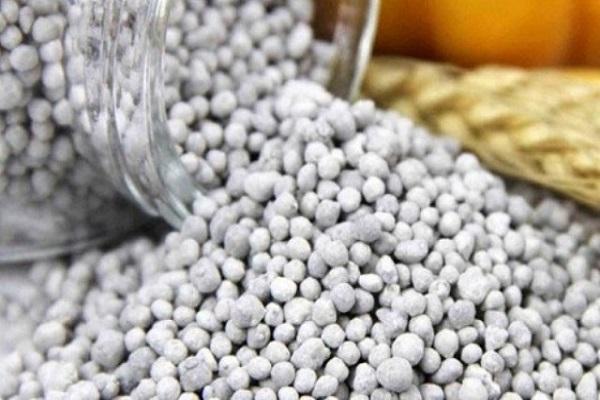

Ammofoska
In addition to the standard NPK compound, it contains sulfur (14%) and magnesium (2%). The product is suitable for indoor use. Excipients are contained in a minimum concentration.
Nitroammophos
It is also an NPK complex, but does not contain sulfur. In terms of action on plants, Nitroammofosk and Azofosk are similar.

